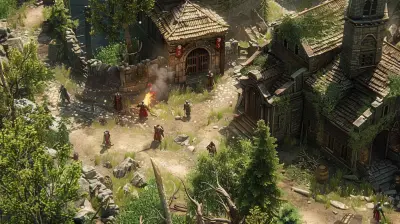How Educational Games Are Leveraging VR for Learning Experiences
8 August 2025
Imagine walking through the ruins of ancient Rome, solving math problems on Mars, or dissecting a virtual frog without the mess. Sounds like sci-fi, right? Well, it’s not. This is exactly what’s happening right now. Virtual Reality (VR) is reshaping the way we learn—and educational games are right at the center of this transformation.
In this article, we’ll dive deep into how educational games are leveraging VR for immersive, impactful learning experiences. So grab your headset (or just your curiosity), and let’s jump into this fascinating digital classroom of the future.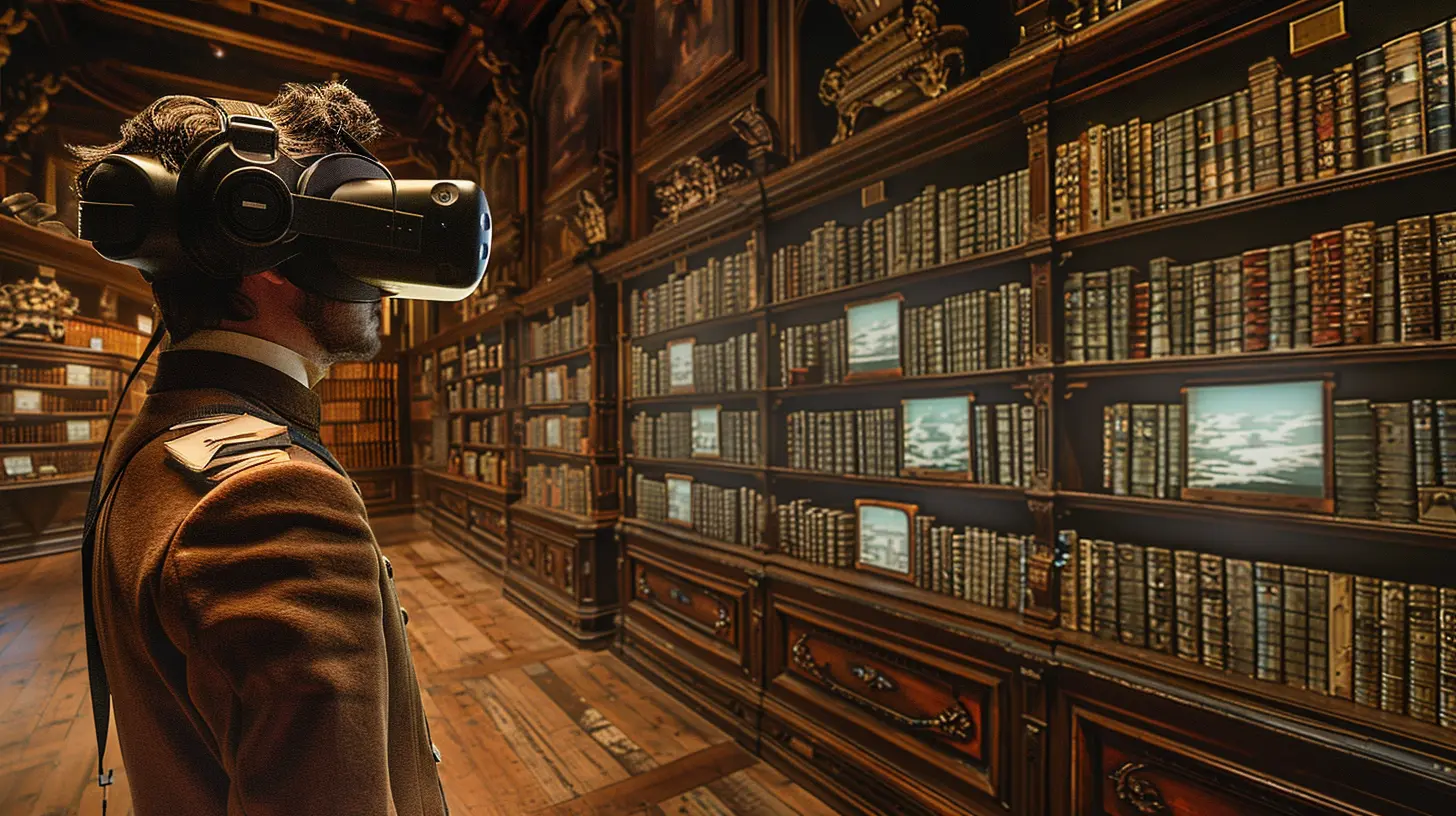
What’s the Buzz About VR and Education?
Virtual Reality isn’t just about fighting zombies or flying jets in a game. It's becoming an educational powerhouse. Why? Because it turns passive learning into active experiencing. Instead of reading about the water cycle, imagine standing in the middle of it, watching clouds form overhead and raindrops fall around you. That’s the magic of VR.But it gets even cooler when you throw educational games into the mix. Games are already great for engaging kids (and let’s be honest—adults too). Add a VR headset, and suddenly, you're no longer teaching facts—you’re letting people live them.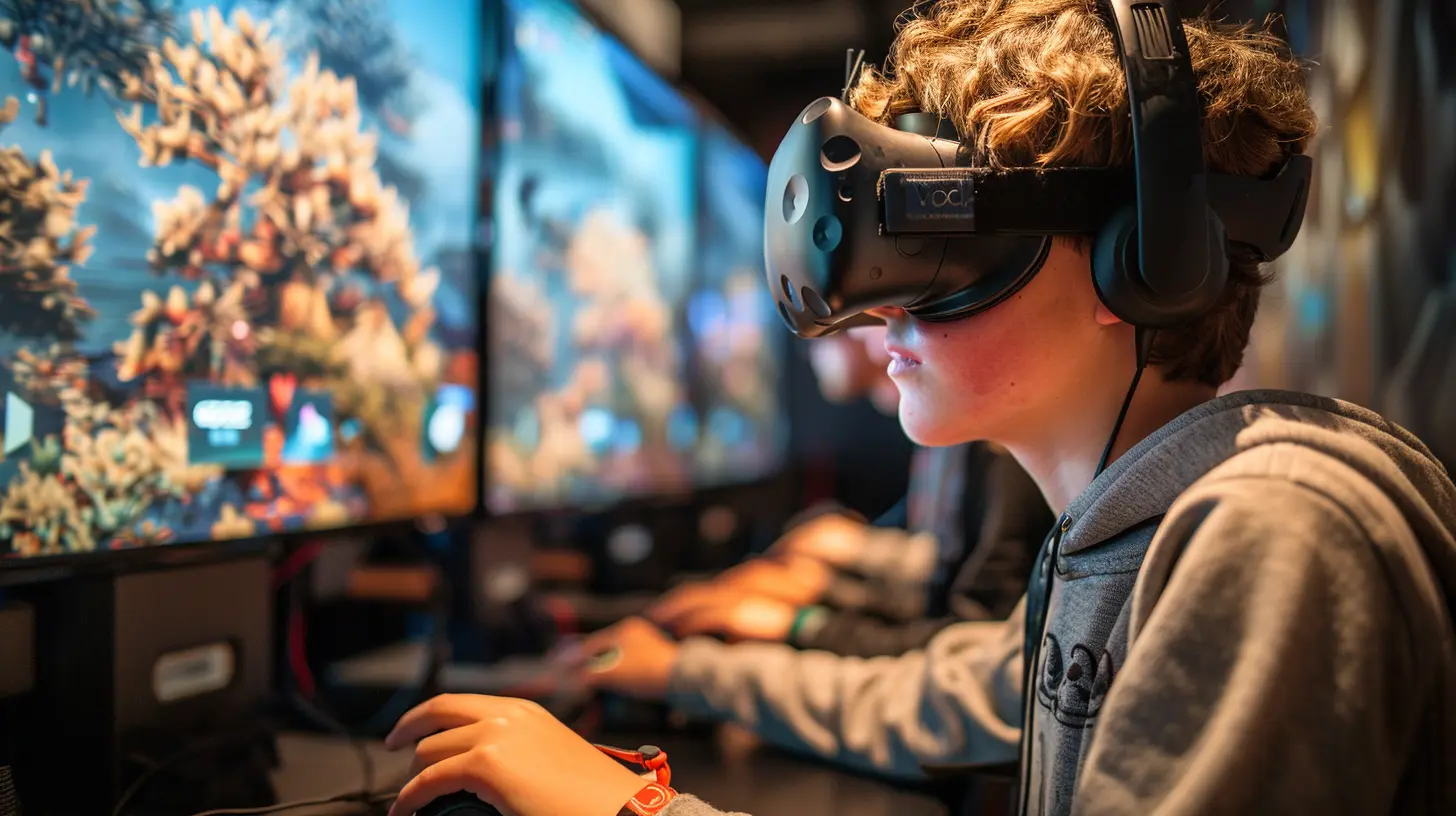
Why Educational Games and VR Are a Perfect Combo
Here’s the thing: VR is immersive. Educational games are interactive. Mash them together and you’ve got a learning experience that beats traditional methods by a mile.Let’s break it down:
- Immersion: The user feels like they’re inside the lesson.
- Gamification: Challenges, rewards, and progression make learning addictive.
- Sensory Engagement: VR engages sight, sound, and sometimes even touch.
- Contextual Learning: By placing learners in real-world scenarios, they understand better and retain more.
This combo turns boring textbooks into thrilling adventures. And when learners are engaged emotionally and mentally, information just sticks better.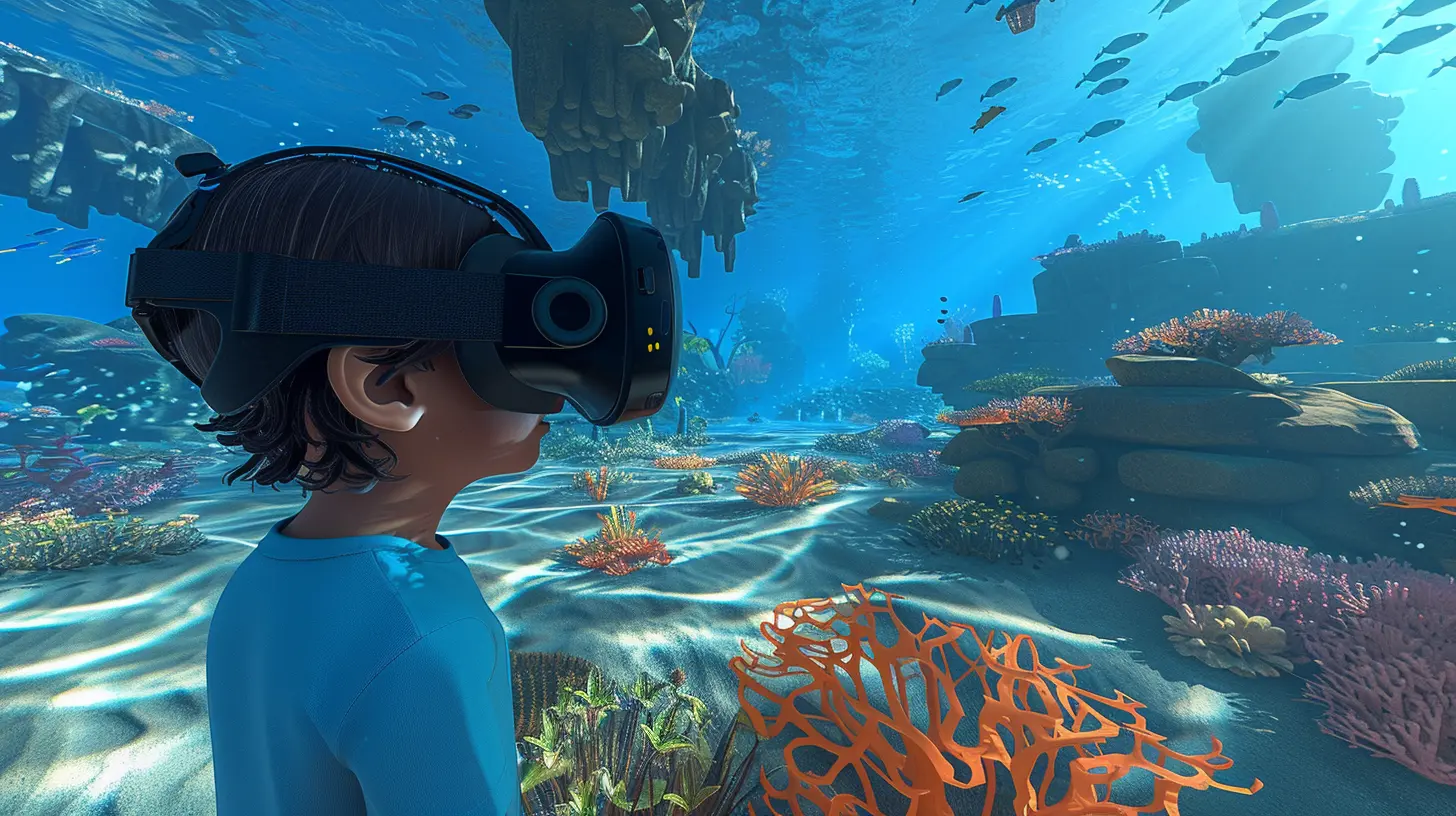
Real-World Examples of VR in Educational Games
You might be wondering, “Okay, but who's actually doing this?” Great question. Lots of developers and educators are already making this happen.1. Tilt Brush by Google (Creativity and Art)
This isn't a traditional educational game, but it's a fantastic example of how VR can teach skills. In Tilt Brush, players paint in a 3D space. It’s like swapping your paintbrush for a magic wand. Art education becomes hands-on, multidimensional, and incredibly engaging.2. VR Expeditions (Virtual Field Trips)
Imagine taking your class on a field trip to the Great Wall of China without leaving the classroom. VR Expeditions lets students do just that. The game-like interface lets students "walk" through locations, explore details, and even interact with elements. Geography, history, and science lessons suddenly feel like an adventure.3. ClassVR’s Educational Platform
This system includes a library of VR-based educational games that cover everything from literature to physics. Whether you’re journeying inside a human heart or walking in the shoes of a refugee, the game-based format makes learning deeply personal and unforgettable.4. Mel VR Science Lab
This is your traditional chemistry lab—but without the explosions and spills. It gamifies science experiments and makes them feel like quests. Students follow instructions, complete steps, and get immediate feedback, all while immersed in a VR lab.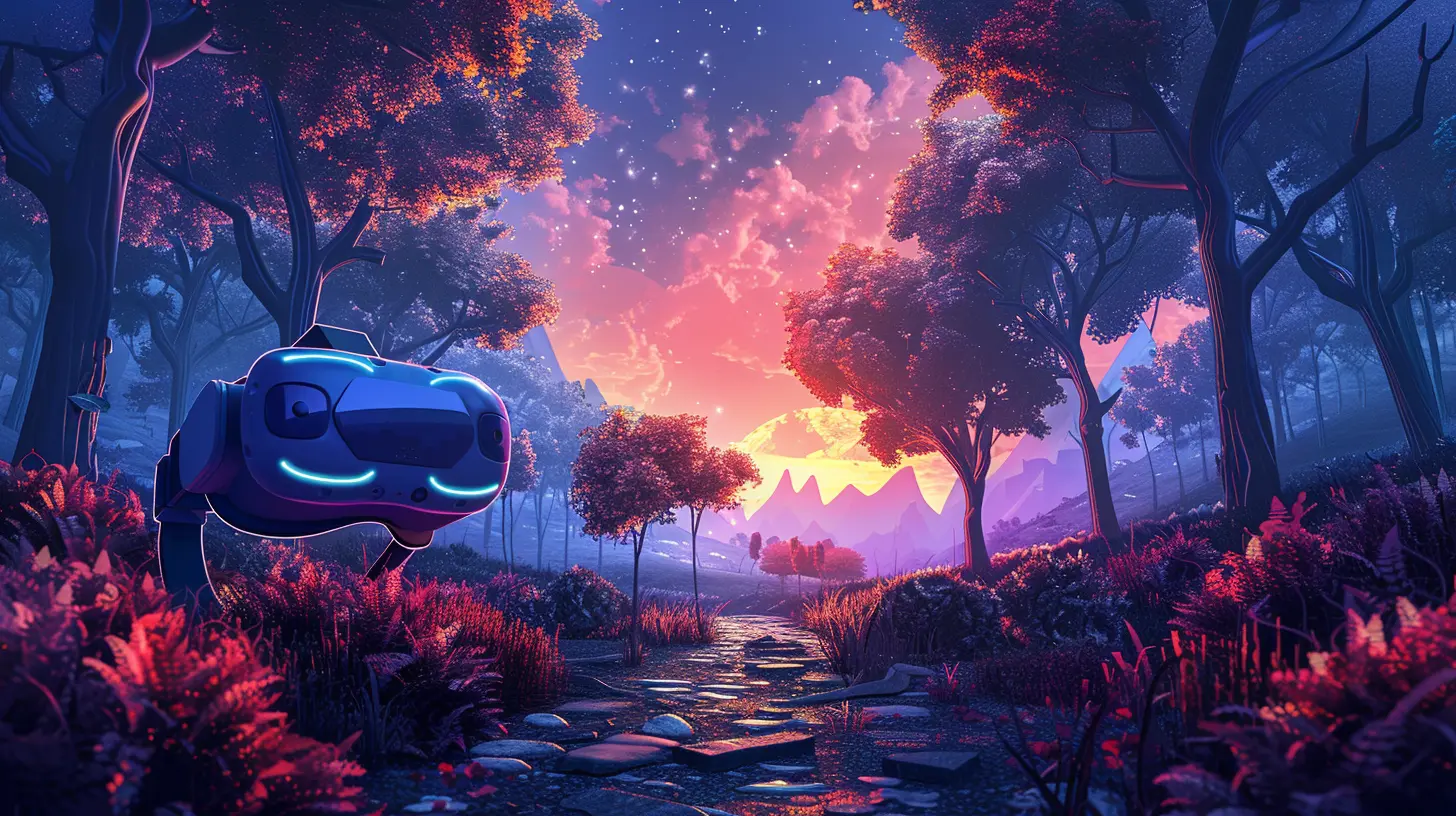
How VR Enhances Learning Through Games
So how exactly does VR supercharge educational games? Let’s break this into bite-sized chunks.A. Memory Retention Skyrockets
Remember those field trips that stuck with you forever? VR creates that same effect. Studies show that active, sensory-rich experiences improve long-term memory. When students are inside a game that simulates real-world scenarios, they don’t just memorize—they internalize.B. Encourages Deep Learning
Instead of skimming the surface, VR games encourage learners to dive deep. Picture this: a history game places you in ancient Egypt. You walk through pyramids, interact with objects, and even “talk” to historical figures. You’re not just reading facts—you’re experiencing an entire culture.C. Reduces Learning Anxiety
Not everyone thrives in a traditional classroom. Some students fear judgment, especially when making mistakes. VR learning games provide a safe, private space to learn, experiment, and fail—without any embarrassment. It’s just you, the headset, and the experience.D. Supports Adaptable Learning Styles
Some people are visual learners. Others are kinesthetic. VR doesn’t just cater to one type—it supports all learning styles. Whether you need to see it, hear it, or do it with your virtual hands, VR games adapt beautifully to meet that need.The Psychology Behind VR and Gamified Learning
Let’s geek out for a second. There's actual science driving these benefits.- Dopamine Boost: Every time you pass a level or complete a task, your brain releases dopamine—the feel-good chemical. That’s why you feel great after winning a game.
- Flow State: When players are fully immersed and challenged just enough, they enter a "flow state." It's the sweet spot where learning becomes effortless and joyful.
- Neuroplasticity: Repeated interaction in VR can rewire the brain’s learning centers. Basically, your brain becomes better at learning the more you play.
So when educational games meet VR, we’re not just having fun—we’re literally building smarter brains.
Areas of Learning Where VR Is Crushing It
This isn’t a one-size-fits-all thing. VR educational games are branching into multiple subjects, and each is benefiting in unique ways.1. STEM (Science, Tech, Engineering, Math)
No surprise here—STEM fields are thriving in VR. Think:- Simulated lab experiments
- 3D geometry games
- Coding challenges with visual programming blocks
When abstract concepts become tangible, students stop struggling and start clicking.
2. History and Social Studies
Walking through historical landmarks. Standing beside Martin Luther King Jr. during his speech. Experiencing life in war-torn regions. These aren't just lessons—they’re time machines.3. Language Learning
VR language games place learners in real-life scenarios—like ordering coffee in Paris. It’s way more effective than flashcards. Plus, the immersion helps with pronunciation and cultural context.4. Special Education
For learners with autism or ADHD, VR offers controlled environments where sensory input and interactions can be carefully managed. Educational games tailored to their needs improve focus, understanding, and emotional regulation.The Role of Teachers in VR-Assisted Learning Games
You might think that with all this tech, teachers are becoming obsolete. Not even close.They’re more important than ever.
Teachers act as guides, helping students apply what they’ve learned in VR to the real world. They create discussions, provide emotional support, and design learning objectives around the VR experiences. Technology may deliver the experience, but teachers make it meaningful.
The Challenges on the VR Horizon
Okay, let’s not pretend it’s all sunshine and unicorns. VR educational games come with some hurdles.Accessibility
Headsets can be expensive, and not every school has the budget. However, as tech prices continue to drop, this is slowly improving.Motion Sickness
Some users experience discomfort or dizziness in VR. Developers are working hard to design user-friendly interfaces that minimize this.Content Quality
Not all educational games are created equal. There’s a need for well-researched, pedagogically sound content that aligns with learning standards.Despite these challenges, the future looks bright—and surprisingly virtual.
The Future of Educational Games in VR
The road ahead is thrilling. Here’s what we might see in the next few years:- AI-powered VR tutors that adapt instantly to each learner's pace
- Multiplayer VR classrooms where students from around the world collaborate on projects
- Bio-feedback integration, using heart rate and emotion-tracking to adjust the game’s difficulty
The marriage of VR and educational games is still in its honeymoon phase. But even now, it’s clear—we’re only scratching the surface of what’s possible.
Final Thoughts
Educational games paired with VR aren’t replacing traditional learning—they’re supercharging it. It's like swapping your bicycle for a jetpack. Lessons become adventures. Students become explorers. And education becomes something you want to do, not something you have to do.So whether you’re a teacher, a student, a parent, or just a curious gamer… keep an eye on this space. The next evolution of learning is not just coming—it’s already here, and it’s wearing a headset.
all images in this post were generated using AI tools
Category:
Virtual RealityAuthor:

Leif Coleman
Discussion
rate this article
1 comments
Vance Bryant
Who knew my virtual reality adventures could teach me more than just dodging dragons? Finally, a reason to tell my mom gaming isn’t a waste of time—take that, kitchen chores!
August 22, 2025 at 4:53 AM

Leif Coleman
Absolutely! VR not only makes learning engaging but also showcases the valuable skills and lessons gaming can provide.


